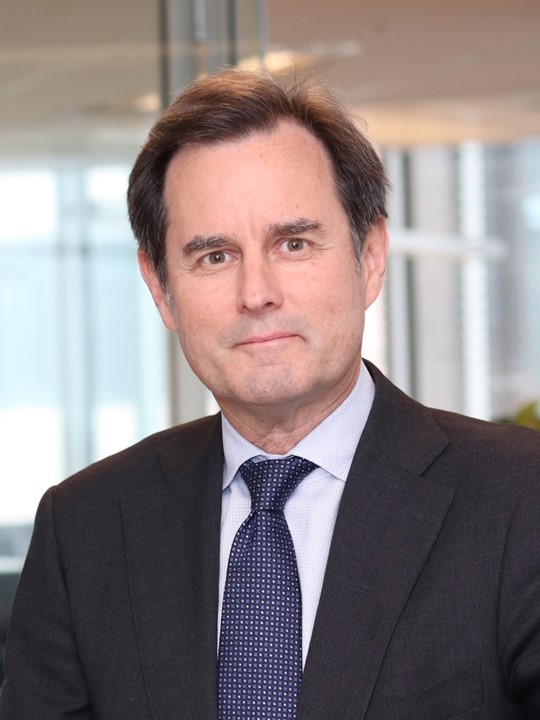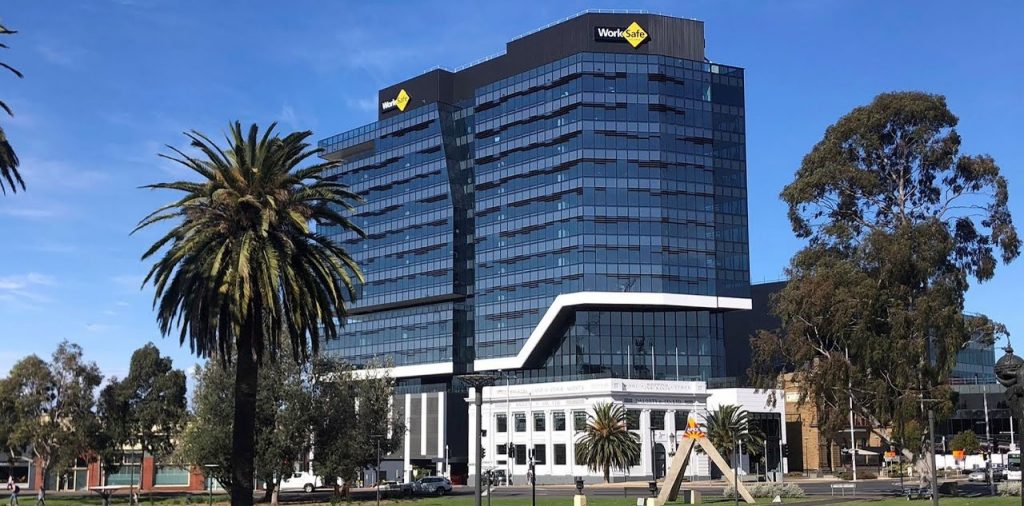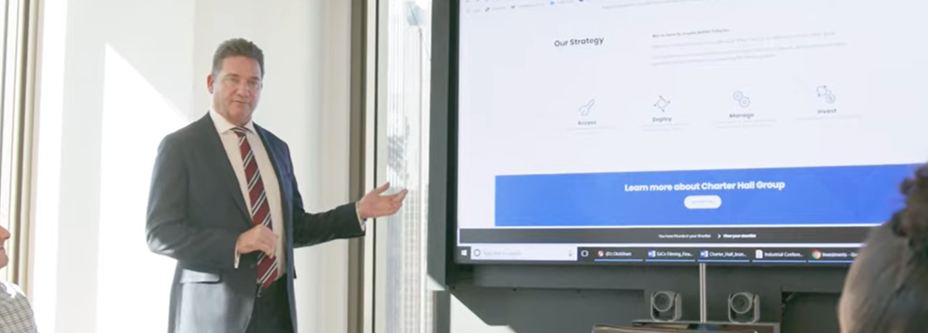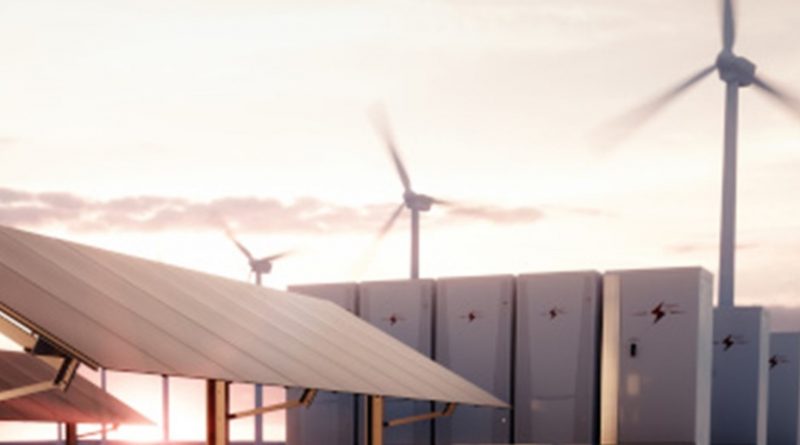Clean Energy Finance Corporation invests in flagship Charter Hall logistics trust

In its first pure play industrial outlay, the federal government’s Clean Energy Finance Corporation will invest $50 million with Charter Hall’s flagship logistics trust.
The green bank has been seeking a foothold into the sector, which chief executive officer Ian Learmonth said contains some 35 million square metres of “largely untapped” roof space – a resource which could deliver major energy improvements.
It has started with Charter Hall Prime Industrial Fund (CPIF) – one of the country’s largest trusts in this segment which holds a $5.5 billion portfolio comprising 75 assets including business parks and distribution centres.
Its manager, Charter Hall Group, already has several sustainability strategies for its diversified real estate pool including long-term emission reduction targets.
In a statement, the pair said the landlord’s attitude regarding environmentally-friendly focused improvement of its industrial stock, align.
Drive measures, attitude change: CEFC
Mr Learmonth said working with Charter Hall gives CEFC “the opportunity to use our capital to help transform the industrial property sector”.
“We can drive sustainability measures across an extensive portfolio of assets, as well as positively influence the sustainability profile of a diverse range of large tenants,” the executive added.
“With long-term industrial tenants looking for more sustainable property to help meet their ESG [Environmental, Social and Governance] targets, the industrial property sector provides important opportunities to further decarbonise the economy.
“Australia has about 35m sqm of industrial roof space – a largely untapped resource for energy efficiency improvements, solar PV and batteries that offer significant potential to provide clean energy as well as grid services”.
Drive construction, ideas: CPIF
CEFC expects the CPIF investment to lead to the construction of new stock making use of the latest in sustainable design and materials.
Mr Leamonth added this could drive uptake of materials identified in the federal government’s Technology Investment Roadmap such as green steel, aluminium and cement, and deliver long term benefits to Australia’s emissions profile.
CPIF added that it intends for the relationship to generate several initiatives which “go beyond the scope of the emissions target” including influencing tenant and supply chain emissions and optimising solutions in the use of solar PV panels across the two million sqm of roof space it controls.
The renewable energy which would be converted, the landlord added, could supply the grid.
CPIF also controls a $900m development pipeline which it said could deliver carbon neutral developments, as well as 5-star Green Star Design and As Build rated product (story continues below).
CEFC outside of industrial

The $10b CEFC is designed to increase investment in Australia’s transition to lower emissions.
It has spent $1.1b so far, on agricultural real estate, energy generation and storage, infrastructure, transport and waste facilities.
It is also responsible for the $300m Advancing Hydrogen Fund, announced in May.
CEFC recently invested $200m in senior debt to QIC’s global real estate and flagship Shopping Centre Fund to improve the energy performance across that landlord’s retail portfolio, which contains 1.1m sqm of gross lettable area.
In Geelong, it financed Quintessential Equity $68m – just over half the project cost – to help deliver a 5.5 star NABERS energy rated office occupied by WorkSafe Victoria.
The federal government’s investment in that 14-storey, 15,500 sqm A-grade building, 1 Malop Street, secured a 25pc reduction in greenhouse gas emissions compared to the initial design.
CPIF committed: Charter Hall CIO

Charter Hall chief investment officer Sean McMahon added the CEFC investment offered CPIF an “unprecedented opportunity to implement innovative sustainability solutions” across its assets.
“We are delighted to welcome the CEFC as an investor in our flagship industrial fund,” the executive said.
“Charter Hall is committed to continuous improvement in ESG performance across our portfolio.
“The CEFC investment is an endorsement of our plan to improve the operational performance of our buildings and deliver to our tenant customers a consistent high performing product”.
CPIF will work with the CEFC to identify demonstration projects to showcase exemplar energy efficiency solutions, clean energy enabling activities as well as carbon neutral developments, a joint statement added
Charter Hall chief experience officer Natalie Devlin said “CEFC is playing a key role in supporting the property industry in the delivery of innovative technologies that improve the energy profile of Australia’s built environment”.
The corporation’s purpose, the executive added, “is aligned with Charter Hall and CPIF’s sustainability strategies, which have set significant long-term emission reduction targets for our property assets and ultimately future proof the performance of our investments for all stakeholders”.








